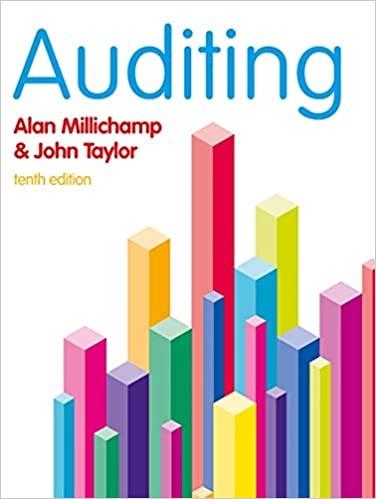Answered step by step
Verified Expert Solution
Question
1 Approved Answer
Q 1. Q 2. TopNotchChickengrowsandprocesseschickens.Eachchickenisdisassembledintofivemainparts.InformationpertainingtoproductioninJuly2020follows: (Clicktheicontoviewtheinformation.)Aspecialshipmentof70poundsofbreastsand5poundsofwingshasbeendestroyedinafire.TopNotchChickensinsurancepolicyprovidesreimbursementforthecostoftheitemsdestroyed.TheinsurancecompanypermitsTopNotchChickentouseajoint-cost-allocationmethod.Thesplitoffpointisassumedtobeattheendoftheproductionprocess.Readtherequirements. Requirement 1a. Compute the cost of the special shipment destroyed using the sales value at splitoff method. Complete the
Q 1.



Q 2.


Step by Step Solution
There are 3 Steps involved in it
Step: 1

Get Instant Access to Expert-Tailored Solutions
See step-by-step solutions with expert insights and AI powered tools for academic success
Step: 2

Step: 3

Ace Your Homework with AI
Get the answers you need in no time with our AI-driven, step-by-step assistance
Get Started


